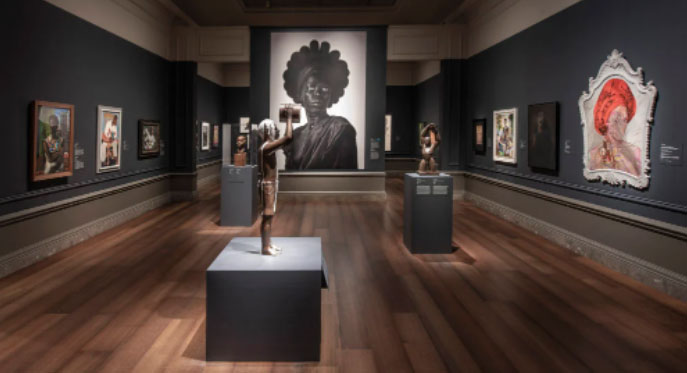The Sacred Ground group was formed in 2020 to watch and discuss Sacred Ground: A Film Based Dialogue Series on Race and Faith in 2020. The 10 week study session was created by the Episcopal Church to explore the roots of racial conflict in the United States through the effects of race and racism throughout American history. It also explored the impact of economic class, family background, and racial identity on different communities.
Before each meeting, the group watched videos online and read assignments from several books including White Fragility by Robin DiAngelo, Waking Up White by Debby Irving, and Jesus and the Disinherited by Howard Thurman. Catherine led our group, which included people from St. Peter’s, as well as several from neighboring churches. Members of the group shared their own experiences, and we all learned a lot.
In 2021 the group continued learning by reading Caste: The Origins of our Discontents, by Isabel Wilkerson, The Sum of Us: What Racism Costs Everyone and How we Can Prosper Together, by Heather McGee, and All that She Carried: The Journey of Ashley’s Sack, a Black Family Keepsake, by Tiya Miles.
We have been talking recently about ways that St. Peter’s can become part of what Bishop Curry calls the Beloved Community. The group asked the Vestry to provide $500 to establish a scholarship allowing a Caroline County minority student to pay for education after high school. The $500 grew to $10,100 this year due to the donations of generous parishioners. The group then decided to distribute two scholarships and retain funds for the future .
Thanks to all of contributors who with the members of Sacred Ground made the scholarships a reality.

